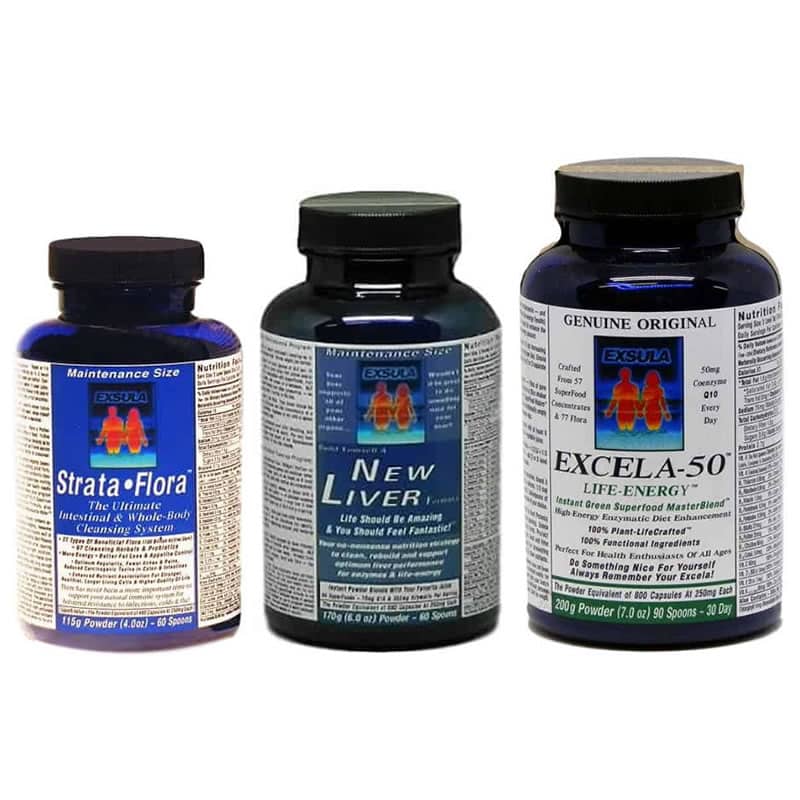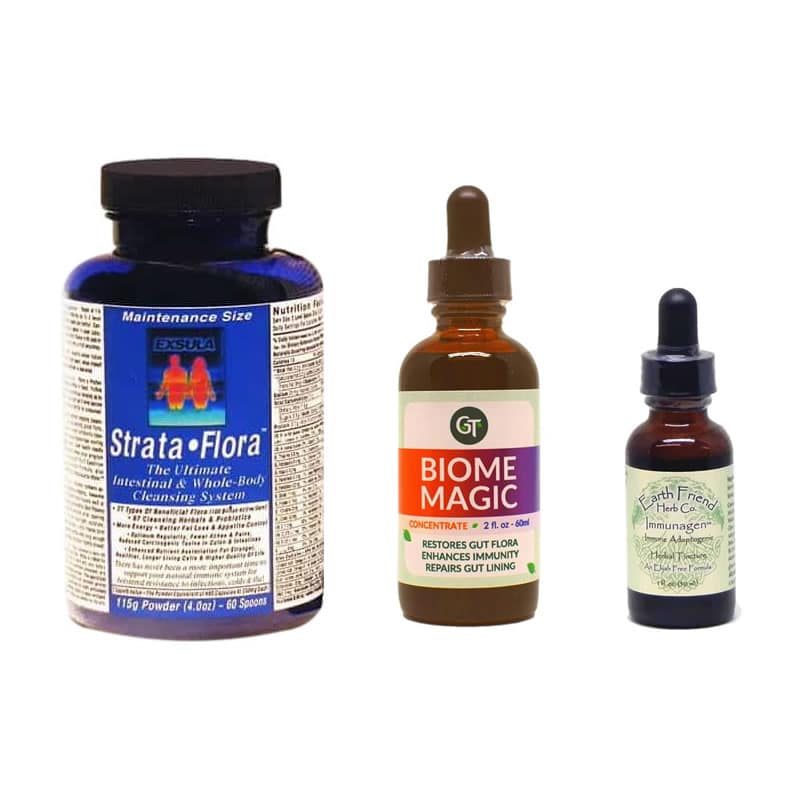No products in the cart.
Germ Theory
In the medical schools of the United States and many other Western countries today, doctors are taught a lie. This lie is a particular viewpoint about a disease called The Germ Theory. The scientist credited with discovering it is Louis Pasteur, also credited with finding a cure for Rabies. Pasteur has been heralded as making some of the most important discoveries of all time. Yet, when we look at the historical evidence, we see that Pasteur was an incompetent fraud! Not only did he NOT understand the processes which he experimented with and wrote about, but most of what he is credited with discovering was plagarized from scientists previous to or contemporary with him. For a thorough rendition of this history, you can read the full text of the 1940’s book “Pasteur, Plagarist, Imposter” by R.B. Pearson at The Dream and Lie of Louis Pasteur.
Basically, it boils down to this: Both Pasteur and a contemporary of his, Antoine Beauchamp, were experimenting with the process of fermentation. The prevailing theory was that fermentation was a simple chemical reaction, but the experiments of Beauchamp showed that fermentation was a process brought about by micro-organisms in the air. Pasteur continued to insist for some time after Beauchamp’s discovery that fermentation was a process that did not require oxygen because it was a lifeless chemical reaction (called spontaneous generation). It took Pasteur many years to finally grasp the concept that fermentation of sugars is caused by yeast fungus, a living organism. When he did grasp and write about these concepts, he presented them as his own discoveries, giving no credit at all to Beauchamp. So at the very least, he was a thief and a plagiarizer, and at the most, a poor scientist (1).
Throughout their lives, Pasteur and Beauchamp continued to experiment with microorganisms. Pasteur continued to adhere to the idea of Monomorphism, the belief that all microbes and bacteria have only one form. Beauchamp was able to prove, however, the existence of Pleomorphism, that microbes can alter their form to appear as different germs. This discovery was confirmed by many scientists that came after Beauchamp, including Gunther Enderlein.
In his experiments, Enderlein found that every living cell contains two distinct kinds of micro-organisms called endobionts (which means “inside life”). These micro-organisms live inside the cell and cannot be removed from it. They play an important role in cellular health. The state of a person’s health is determined by the stage of development of these organisms. Enderlein found that all microbes that live permanently in our bodies go through three stages:
The Primitive Stage (microbe)
The Middle Stage (bacteria)
The End Stage (fungus)
Other scientists were later able to confirm that there was a fourth stage which occurs only after extreme toxicity in which the fungus goes through a transformation, mutating into the Virus.
Most of the diseases in modern society today are not caused by the “pathogenic bacteria” that enter from outside us, as was taught by Pasteur. Disease occurs as these endobionts are transformed from the microbe stage to more virulent forms of life. The state of development of these organisms depends upon the state of the medium in which the germ lives. In other words, the microbes which live in our cells and assist the cells in maintaining a healthy state will mutate into bacteria, fungus, and viruses when the tissues of our bodies in which they live change to provide a medium for their growth. They begin to become “pathogenic” when the pH of the tissues becomes more acidic.
Primitive phases live in a strong alkaline pH
Bacterial phases live in mild alkaline pH
Fungal forms live in a medium acid pH
Viral forms live in a strong acid pH (2)
These primitive organisms can live in our bodies in the microbe stage indefinitely, and do not cause disease, but rather perform a restorative function. Bacteria and other germs consume dead matter. That is their function. Experiments show that if you put a fresh, raw steak that still has active live enzymes in it, and a cooked steak outside in the open air, it is the cooked steak that will become infested with maggots. Micro-organisms cannot live in living tissue. It is only when the tissue becomes dead that they move in to do their job.
That’s what happens in your compost pile. You put your table scraps in there, along with some bacteria, and the bacteria decompose the food scraps into soil. Everything that exists on this earth eventually BIODEGRADES. It is really true that when we die, we will return to dust. Bacteria and other pathogenic micro-organisms are only doing their jobs. They are able to sense chemically when dead matter is present, and they go about the business of breaking it down. That is where disease comes from. The micro-organisms in your body are breaking down your dead tissues in preparation for biodegradation (3).
Most of the germs which enter our bodies from the outside are quickly killed by the immune system. But it is the micro-organisms which live permanently in our bodies that cause us to get sick. And they cause sickness because we provide them with a rich growth medium so that they can mutate and transform themselves into deadly bacteria, fungus, and viruses.
So you see, whether or not we get sick and die has very little to do with what germ we catch, but has everything to do with whether we keep our bodies free of the dead matter which these germs feed on. The dead matter these germs feed on is produced when the pH in our bodies is altered from a slightly alkaline state to a progressively more acidic state. In the next lesson, we will learn how to properly equip our bodies so that these micro-organisms cannot mutate into virulent forms.
At the end of his life, Pasteur admitted that his theory was a fraud. He said that it was not the germs that mattered, but the medium in which they lived. And yet, his so-called “work” is the basis of the whole medical model of disease and healing.
The Germ theory cannot account for the fact that if you expose 100 people to what he called “pathogenic bacteria” that 10 of the people in that room will not develop the disease. It’s not that germs cause disease at all. The pH of those people’s bodies’ was not acidic enough to support the transformation of the germ into a bacteria, fungus or virus. Because the germ never mutates, the person never gets sick.
Because of what I know about Louis Pasteur and The Germ Theory, there is no way that I will allow myself to be treated by a medical doctor trained in the United States or other Western countries. Their diagnoses and treatments inevitably make the patient sicker by plunging the body into an even more acidic state, and encouraging the more rapid transformation of microbes into deadly pathogens.
In fact, if a person learns to alter their diet so that it encourages a more alkaline pH in the body, there is no need to ever visit a medical practitioner of any kind.
Everything I have said here is based upon sound scientific studies, and actual historical documents. And yet, many people who choose to refuse allopathic medical treatments are looked at as mentally unbalanced. And if a person refuses to allow their child to be given medical treatments, they are looked at as guilty of medical negligence and can have their children taken away. And for what? Because they don’t agree with one particular interpretation of scientific data? The evidence I have given is sound and proven. I hope anyone who reads this can see that a person who chooses to reject The Germ Theory does so with much evidence to back them up, and they are not being negligent with their own health or their children’s.
I choose to reject the Medical Model. I choose to take charge of my own health. And in doing so, I will avoid most all of the plagues of the 20th and 21st centuries, including Cancer, Anthrax, and AIDS.
References
- Pearson, R.B. (2001). The Dream and Lie of Louis Pasteur. Taken from “Pasteur, Plagarist, Imposter” by the same author, 1940’s.
- Poehlman, Karl H. (1997). Synthesis of the Work of Enderlein, Bechamps and other Pleomorphic Researchers. ExploreVol. 8, No. 2.
- Logan, Cordell E. (2000). A Partially Unified Theory of Disease.







